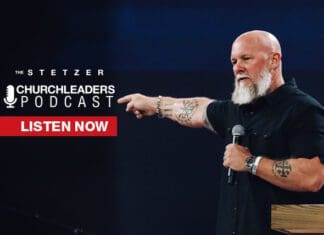Dr. Matt Queen, a former administrator and professor at Southwestern Baptist Theological Seminary in Fort Worth, Texas, has resigned as pastor of Friendly Avenue Baptist Church in Greensboro, North Carolina.
Queen’s resignation comes roughly one month after he pleaded guilty to making false statements to federal investigators during an investigation into whether Southwestern had mishandled allegations of sexual assault.
Friendly Avenue Baptist Church said in a statement to ChurchLeaders that Queen’s resignation from the church is “effective immediately.”
“While this has been a challenging season, we continue to trust in God’s sovereignty and remain focused on our mission,” the church said. “As we move forward, we encourage our congregation and the wider community to stay focused on Jesus, the author and perfecter of our faith.”
Queen was charged in May with falsification of records amid the Department of Justice’s (DOJ) probe of Southern Baptist entities regarding their handling of sexual abuse allegations. The investigation of Southwestern began in 2022, when Queen was still employed there.
The U.S. Attorney’s Office alleged that shortly after the DOJ opened its investigation, Southwestern received a report of sexual abuse committed by a student, but the incident was not reported to the DOJ.
The U.S. Attorney’s Office further said that Terri Stovall, who serves as dean of women at the school, created a document in January 2023 that described the failure of Southwestern “to take action regarding the allegation at that time” but that Heath Woolman, then chief of staff, ordered the document destroyed during a meeting with Stovall and Queen.
Queen later produced notes for investigators that he said were from that meeting. The notes conflicted with Stovall’s testimony, and investigators believed them to be falsified.
RELATED: The SBC Will Sell Its Nashville Headquarters To Defray Abuse-Related Legal Costs
Queen was placed on administrative leave from Southwestern in June 2023. He subsequently resigned before assuming his role as pastor of Friendly Avenue Baptist Church in February of this year.






 In this article you’ll learn a little bit about the neurobiology of anxiety, a little bit about what the Bible has to say about anxiety, and you’ll learn about what you can do to have a healthier relationship with anxiety.
In this article you’ll learn a little bit about the neurobiology of anxiety, a little bit about what the Bible has to say about anxiety, and you’ll learn about what you can do to have a healthier relationship with anxiety. 
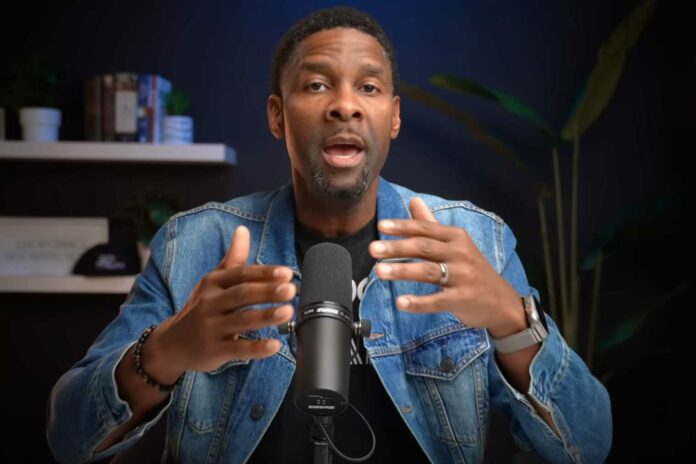

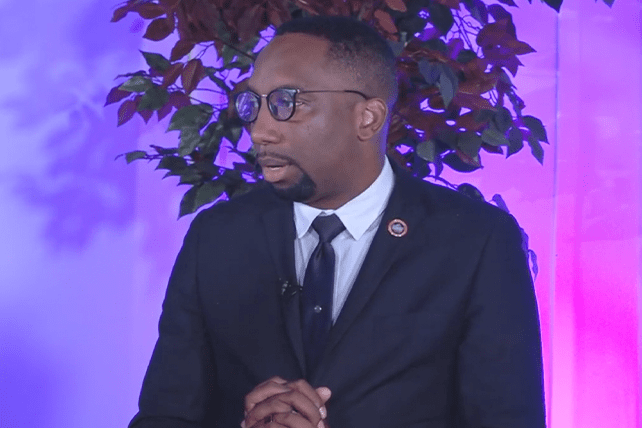
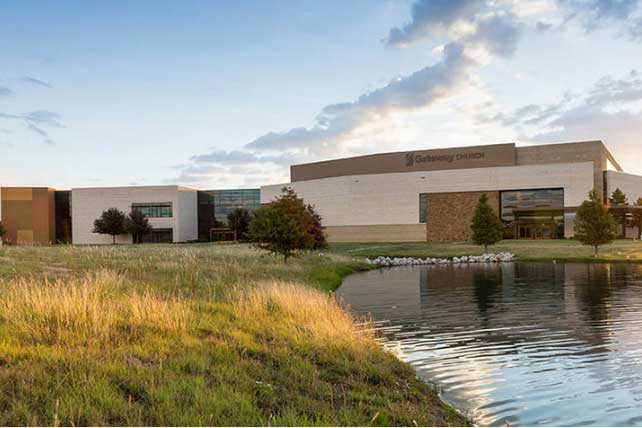





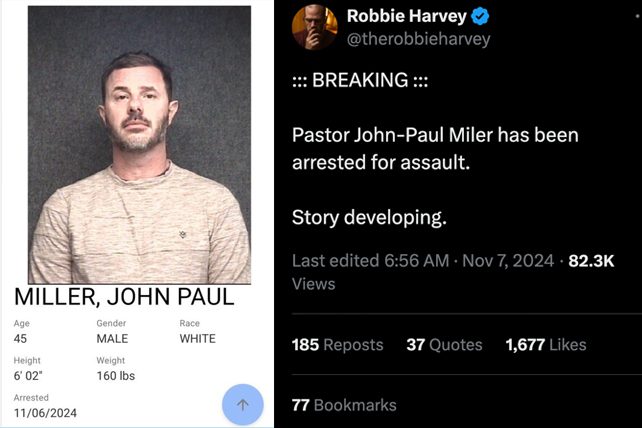

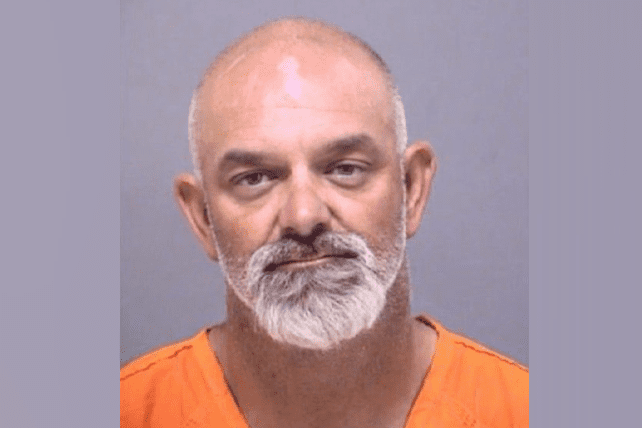


 “How sweet are your words to my taste, sweeter than honey to my mouth!”
“How sweet are your words to my taste, sweeter than honey to my mouth!” 




